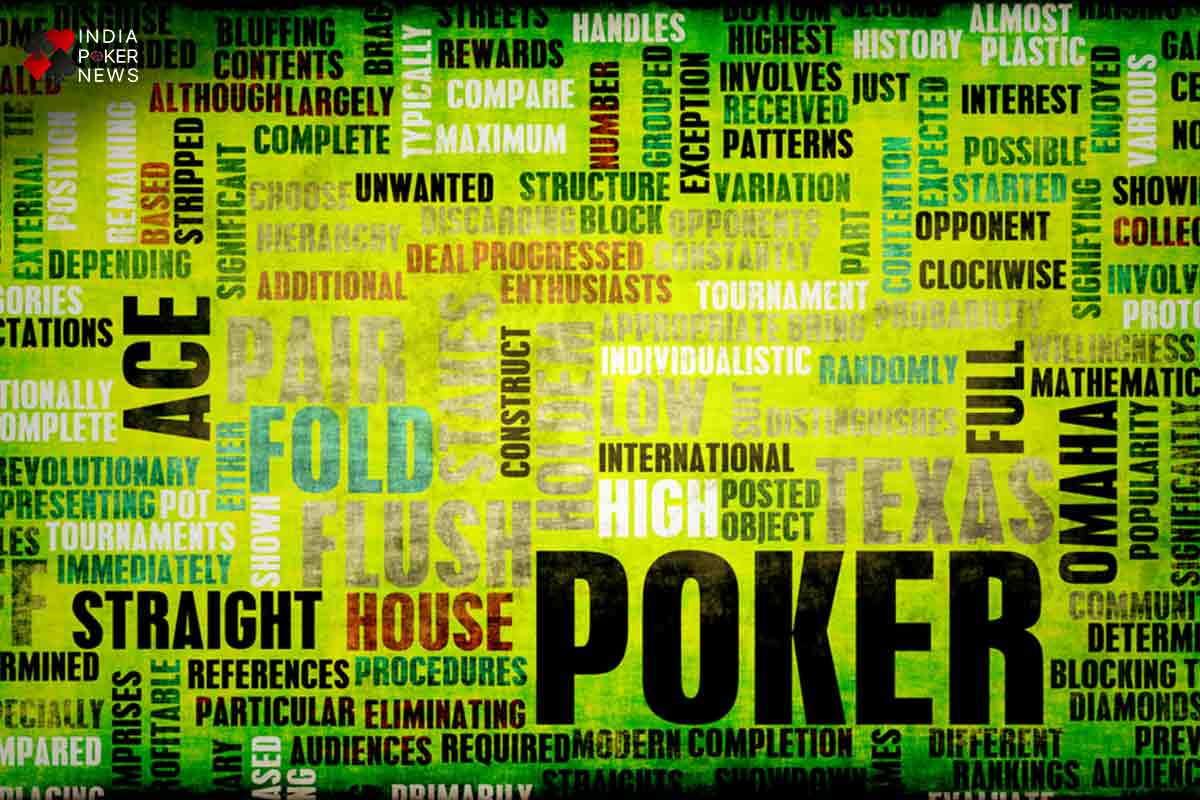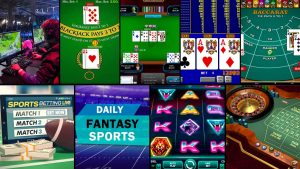Getting started as a newcomer to poker means getting your head around the associated terminology. Some of which can seem quite daunting at first, when presented with terms, phrases and responses you simply do not understand.
On the plus side, you don’t really need to learn any more than a few basic terms to play and enjoy poker. Speaking the lingo like a pro may look good at the table, but it’s only necessary to learn the terminology that actually facilitates poker play.
For those who don’t yet know their bluffs from their blinds, here’s a brief overview of the most important poker terminology all newcomers need to know:
General Poker Terms
– Ante – The minimum bet required of all players who wish to continue in a game. The most commonly used phrase is “to up the ante”, which describes the increased stakes in competitive tournaments.
– Bankroll – The total amount of money a person has available for betting. In online poker, where they also offer best casino bonuses to boost your bankroll, you play with real money. In real life, it’s chips you play with, rather than using real money at the table.
– Blind – Divided into big blind and small blind. The small blind is the smallest starting bet made by the player to the left of the dealer, while the big blind is made by the player to the left of the player who made the small blind.
– Bluff – A bluff is the act of deceiving an opponent. This can be done, for example, by raising even if the hand is weak. If you do this convincingly enough, the other players may decide to fold and you can win even with a very weak hand.
– Buy-in – The smallest number of chips required to play in a particular tournament or at a particular table. The number of buy-in chips depends on where you want to play.
– Community cards – Cards that can be used in hands by all players.
– Hole cards – Player cards dealt face down, only to be shown at the end of the game.
– Pot – The total amount bet during a hand or game. The player who wins the game takes the whole pot.
– Sandbagging – The opposite manoeuvre to bluffing. This is when you have a strong hand but pretend it is weak.
– Split pot – A tie situation where the pot is split between two or more players.
Action terms
– Fold – A player may choose to fold if he feels that he will not win the game with his hand. This can be done at any stage of the round. If you have already bet on the round you wish to fold, you are also folding from your bet.
– Bet – The bet you make on the table. Bets may be mandatory, such as a big and a small blind.
– Call – If you want to continue the game, you must match your bet with the bet at the table. You are essentially matching your bet with the bet of the other players.
– Raise – Raising the table bet. If you have raised, then the other players must match your bet. At this point, you can also go all in – betting all your chips.
– Check – Choose not to raise your bet and see what the other players are doing. Once you have observed whether others are raising or continuing without changing their bet, you can decide your next course of action – to hold or fold.
Round Terms
– Preflop – First round. This round consists of a small blind and a big blind.
– Flop – Second round. The dealer deals the first three community cards.
– Turn – Third round. The dealer deals the fourth card.
– River – Fourth turn. The dealer deals a fifth card. Last betting round.
– The Showdown – Opening.
That’s more or less where the fundamentals of poker terminology come to an end. You’ll encounter countless colloquialisms and more complex terms along the way, but none are strictly necessary.
Just as long as you understand what each of the above means when you hear it, you’re more or less golden.
Poker Hands
Of course, just as important as learning the basics of poker terminology is building a clear understanding of the various poker hands. It’s the strength of your hand (or the hand you’re hoping to pull off) that will form the basis for every decision you make.
In which case, you really need to know which hands are better than others.
You can be dealt many thousands of different hands when playing poker, but these are the 10 types of winning hands you can find yourself holding:
(From strongest to weakest)
1. Royal flush – A, K, Q, J, 10, all the same suit.
2. Straight flush – Five cards in a sequence, all the same suit.
3. Four of a kind – All four cards of the same rank.
4. Full house – Three of a kind with a pair.
5. Flush – Any five cards of the same suit, but not in a sequence.
6. Straight – Five cards in a sequence, but not of the same suit.
7. Three of a kind – Three cards of the same rank.
8. Two pair – Two different pairs.
9. Pair – Two cards of the same rank.
10. High Card – Your highest card if you have no other hand
Right at the top of the table, a royal flush is so rare that most online casinos hand out huge cash prizes simply for hitting this elusive hand. You’re guaranteed to win the hand you’re playing, and could be handed an additional incentive as an added bonus.
One of many reasons to shop around when looking for a poker room to sign up with, keeping a close eye on bonuses and incentives. If in doubt, consult customer reviews and recommendations to find the best poker rooms for beginners on the web.
You might also find the following articles interesting:
- 14 Fab Facts You’ll Wonder How You Lived Without…Sort of!
- A Few Dos and Don’ts for Your Next Poker Party
- 10 Reasons You’re Doomed to Stay Poor…Unless You Change Your Ways!














